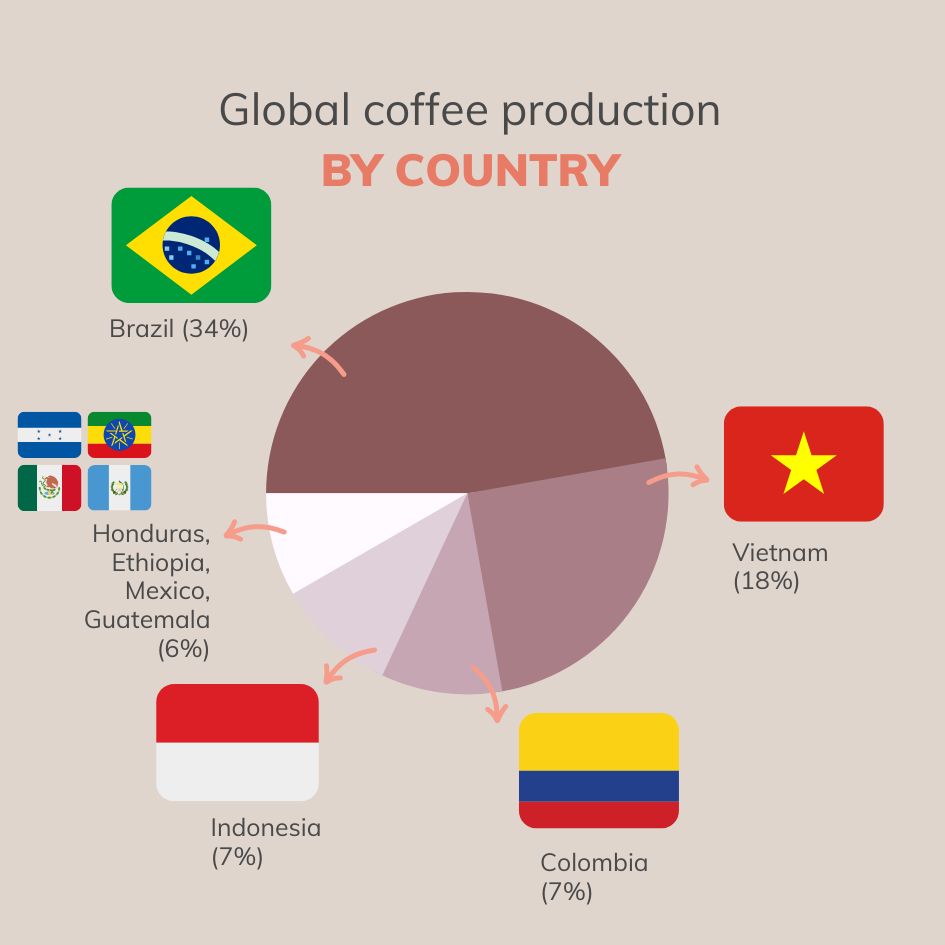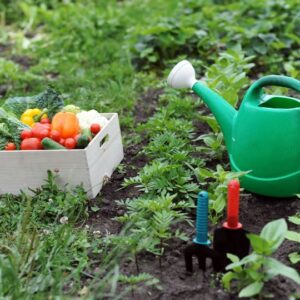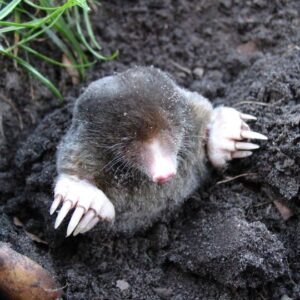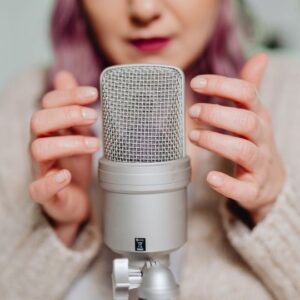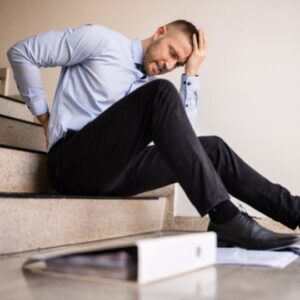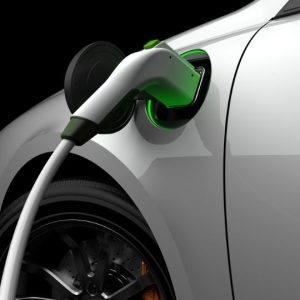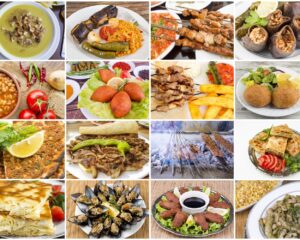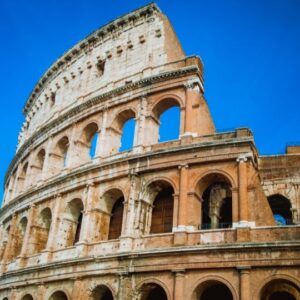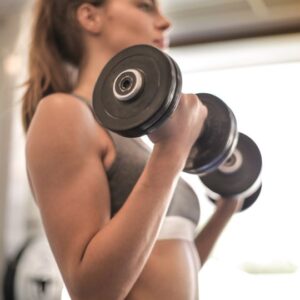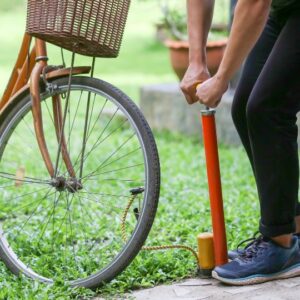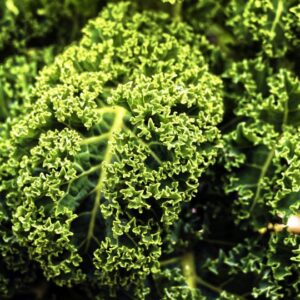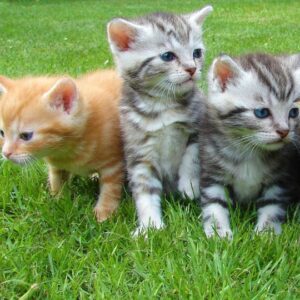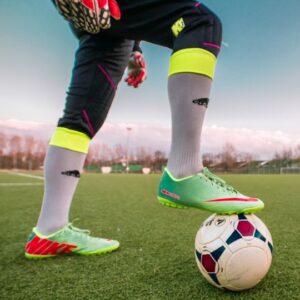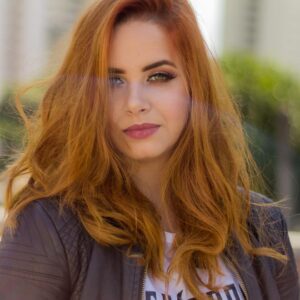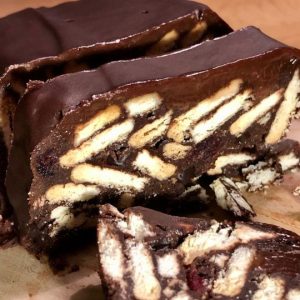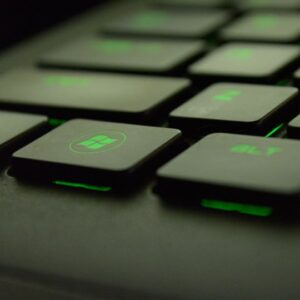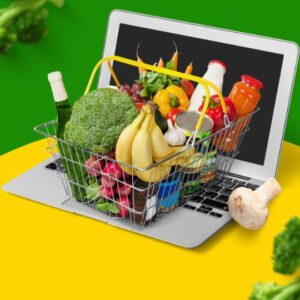Coffee is a beverage made from water and dried and roasted seeds of the coffee plant. The seeds of the coffee plant are also called coffee beans because they look like beans. Coffee, because it is made from a berry, is slightly acidic and is therefore often drunk with milk or sugar/sweetener. According to tradition, coffee was first discovered by a shepherd named Kaldi, who noticed that his sheep were extra energetic after eating certain berries. He shared his observation with nearby monks, who decided to grind the berries and add water to them to make a beverage that would help them keep vigil during long prayer services.
What does coffee do to your body?
Usually, coffee is drunk hot. If you are cold, then by drinking the hot beverage you can warm yourself up. Drinking a cup of coffee can be considered cozy, especially when you eat something delicious with it. The drink contains caffeine, which is stimulating and addictive. After drinking coffee, you may feel fitter. Moderate consumption of the drink is said to have a positive effect on your health. But as with most things; too much is often not good. Coffee can keep you from sleeping. Some people drink the decaffeinated variety at night for this reason.
“More than six cups of coffee a day is no longer healthy”
Researchers at the University of South Australia have studied what number of cups of coffee is no longer healthy. They say more than six cups a day is no longer healthy. In fact, it increases the risk of heart disease by 22 percent. Caffeine causes blood pressure to be too high, and this is a predictor of heart disease. Some people experience shivering, increased irritability or nausea when drinking too much coffee. This study was conducted on 350,000 Britons between the ages of 37 and 73.
How much caffeine is there in a cup of coffee?
The amount of caffeine in a cup of coffee varies depending on several factors, including the type of coffee beans, the way the coffee is prepared and the size of the cup. In general, a cup of coffee contains an average of about 95 mg of caffeine. This is about the amount of caffeine in a can of energy drink. An espresso contains about 40 mg of caffeine, while a cup of filter coffee contains about 95 mg of caffeine.
Where does it come from?
Most species of the coffee plant are native to tropical Africa and Indian Ocean islands. Originally, coffee plates came from Ethiopia, Yemen and Sudan. Today, coffee plants are widely grown on coffee plantations in Brazil, Vietnam and Colombia. For these countries, the coffee bean is an important export product. The most commonly grown varieties are the arabica and the robusta.
Coffee-producing countries:
The largest coffee-producing countries in the world are Brazil, Vietnam, Colombia and Indonesia.
- Brazil is the world’s largest coffee producer and exporter. It produces about one-third of the world’s coffee production. Most of the coffee is produced in the state of Sao Paulo.
- Vietnam is the second largest coffee producer in the world. It is best known for its Robusta coffee, which is used for coffee roasting and espresso machines.
- Colombia is a major coffee producer, especially for Arabica coffee. It is considered one of the best coffees in the world because of its delicate flavor and aroma.
- Indonesia is also a major coffee producer, especially for Robusta coffee. It is known for its specific flavor profile, such as a taste of chocolate and nutty notes.
In addition to these four countries, countries such as Honduras, Ethiopia, Peru, India, Mexico, Guatemala also produce a lot of coffee.
The perfect cup
So what is the perfect cup of coffee? The answer to this question is simple. There is no such thing as the perfect cup of coffee. Taste is personal and different for everyone. There are, however, some requirements that a good cup must meet.
The quantity of beans.
The amount of ground coffee beans provides the “body” of the coffee and determines its intensity. Dark-roasted beans have a stronger taste than light-roasted beans. This can be compensated for by using more or fewer beans.
The grind size of the beans.
The size of the coffee bean grain and the amount of water with which it comes into contact (the extraction time) determine the aroma of the coffee. The smaller the grain, the longer the extraction time and the more flavor compounds are absorbed. The consequence of a fine grain is that the drink becomes stronger.
Temperature of the water.
Dark-roasted beans require a lower water temperature than light-roasted beans. This is because lightly roasted beans can withstand heat better and, as a result, the flavor is better developed. The water temperature should be matched to the bean type and grind.
Throughput time.
The fineness of the grind determines how quickly the water flows through. A short flow time for an espresso will result in more bitterness. This is because little water runs through the grind in an espresso.
Drinking coffee
You drink coffee for fun, out of habit or to stay awake. The substance caffeine in affects the cortisol in our body. Cortisol is a hormone that affects your sleep-wake rhythm. Throughout the day, you make cortisol. You make more in the morning and less in the evening in order to fall asleep properly. Drinking coffee in the morning slows down the production of cortisol. Your body gets used to caffeine in the morning. You become dependent on this, or in other words, this is addictive. Your cortisol levels are lowest at ten in the morning and at twelve, two and five in the afternoon. These are the best times in a day to drink coffee.
This is how to make the best coffee
Drinking coffee in a bar or restaurant is always very tasty. Especially when you have just enjoyed a delicious meal. But how does a real barista brew this delicious cup of coffee? Read how it works here.
- Choose a good bean. The Arabica bean is more expensive than the Robusta bean but is known for its wonderful delicate aroma and full, smooth taste. The acidity is also higher which provides a more refined taste.
- Make sure the ground coffee beans are evenly distributed in the filter (holder). Then press the coffee and place the filter in your espresso machine or coffee maker. Brew the coffee immediately and do not leave it too long before drinking it.
- Make sure you have the right brewing time. A brewing time of 25 seconds is optimal. The coffee will be jet black, glowing hot and slightly sweet. Before consuming the drink, make sure to stir it so that the flavor elements mix well, even if you haven’t added sugar and/or milk.
How to make cold brew coffee?
Cold brew coffee is a type of cold brew coffee that is prepared by soaking coffee beans in cold water over a period of time. Below are the steps for making cold brew coffee:
- Grind the coffee beans. A coarser grind is recommended for cold brew coffee than for regular coffee because it is in contact with water longer.
- Use about 60 grams of coffee beans for one liter of water.
- Add the coffee beans to a pot or pitcher. Then add cold water.
- Stir the coffee beans and water well.
- Let the coffee beans soak in the water for 12 hours in a cool place (such as the refrigerator).
- After 12 hours, strain the coffee beans from the water with a fine sieve or coffee filter.
- You can serve the cold brew coffee immediately or refrigerate it for later use.
- Cold brew coffee can be drunk without milk or sugar, but you can also add ice cubes, milk or cream if you like.
Note: Cold brew coffee has a softer flavor profile than regular coffee, with less acidity and bitterness. The strength of the coffee can be adjusted by changing the amount of coffee beans and steeping time. Experiment with the amount of coffee beans and steeping time until you have the perfect coffee.
How to make iced coffee?
Iced coffee is a refreshing drink made by mixing cold coffee with ice. Below are the steps for making iced coffee:
- Mill the coffee beans and bring the water to a boil.
- Use about 60 grams of coffee beans for one liter of water.
- Add the ground coffee beans into a coffee filter and pour the boiling water over the coffee.
- Let the coffee cool to room temperature.
- Place the cooled coffee in the refrigerator until well chilled.
- Add a few ice cubes into a glass.
- Pour the chilled coffee over the ice cubes.
- Add milk, sugar or cream to taste.
- Mix well and enjoy your iced coffee.
Note: You can also use Cold brew coffee for iced coffee, the taste will be different from regular coffee. You can also experiment with different flavors such as vanilla, caramel or cocoa powder.
This is how to make french press coffee:
French press coffee is one of the simplest and most popular ways to make coffee. Below are the steps for making coffee with a French press:
- Mill the coffee beans finely for French press coffee, a coarser grind than for an espresso machine, for example. Use about 60 grams of coffee beans for one liter of water.
- Heat the water to about 92-96 degrees C.
- Add the ground coffee beans into the French press.
- Pour the heated water over the coffee beans and stir the mixture.
- Place the lid on the French press, but do not press it down yet. Allow the coffee to steep for 4 minutes.
- Press the pestle down.
- Pour the coffee into a cup.
- Serve and enjoy your French press coffee.
Note: French press coffee is known for its full flavor and aroma. You can adjust the strength of the coffee by changing the amount of coffee beans and steeping time. Experiment with the amount of coffee beans and steeping time until you have the perfect coffee.
Coffee makers
Coffee makers come in many different shapes and sizes. You can choose a fully automatic espresso machine that lets you brew an espresso from freshly ground coffee beans. At the push of a button you then have a delicious cup of coffee.
If you want to be able to set everything manually and feel like a real barista, choose a piston machine. With this machine you have control over the amount of coffee, the fineness of the grind and whether you gently press or mash the coffee. Of course, you have to play with the machine for a while before you have a good cup of coffee.
Other coffee machines use coffee cups, such as a Nespresso machine or a Dolce Gusto machine. With these, you get a perfectly measured espresso or lungo.
With a Senseo coffee maker, you quickly brew one or two cups of coffee. You press a well-dosed coffee pod into the Senseo machine.
With a filter coffee maker, you make a jug of coffee. Here, you need to fill a coffee filter with coffee grinds and hot water then slowly runs through a filter.
How to clean a coffee maker
There are several ways to clean a coffee maker, depending on the type of appliance. Below are some general steps you can follow to clean your coffee maker:
- Turn off the appliance and let it cool down before you start cleaning.
- Empty the coffee maker by emptying the water tank and removing any leftover coffee from the coffee pod holder or coffee filter.
- Use a damp cloth or soft-bristled brush to wipe down the unit and remove any coffee residue. Be sure to thoroughly clean the coffee pod holder, coffee filter, water reservoir, coffee pod holder or coffee filter and the outside of the unit.
- Use a mild detergent and a brush or cloth to thoroughly clean the coffee pod holder, coffee filter and water reservoir. Then rinse and dry these parts thoroughly before reinstalling them in the machine.
- Use the self-cleaning function if your coffee maker has it.
- Do not use abrasive or harsh cleaning agents or steel wool, as these can damage or scratch the surfaces of the appliance.
- Do regular maintenance on your coffee maker such as changing limescale filter or adjusting the grind of the coffee beans.
Note: Before you begin cleaning, it is always wise to consult the user manual of your specific coffee maker for recommended cleaning methods and maintenance.
Varieties
Different types of coffee flavors are determined by the amount of water, coffee beans and coffee creamer. The different varieties each have their own cup, glass or mug.
Coffee latte or Café au lait.
This variety is a cup of black coffee with lots of plain milk – no evaporated milk. The name “verkeerd” comes because it differs from what is considered “normal,” which is a cup of coffee with at most a splash of milk or cream. Café au lait can be made from fresh coffee beans or instant coffee. The Belgian name is lait russe.
Black coffee.
Black coffee is coffee without sweeteners, sugar and milk. Pure ground coffee beans with the addition of hot water. Many people drink black because they think it will keep them from getting fat. However, this is a myth since the caffeine in coffee creates more stress hormones in your body. Your body reacts from primal mode and thinks you are either not getting enough food or that danger is imminent. Your body needs quick sugars for energy and your body burns muscle or fat after the supply of glycogen from your liver so that glucose enters your blood.
When you “drink black” twice a day, it makes no difference. With a constant stream of black liquids, your body very often gets a large amount of stress hormone resulting in sugar in your blood. Your blood sugar then stays too high and what is not burned goes to your fat stores.
Espresso.
Espresso is a small cup of coffee. An espresso is created by pressing water through a small amount of finely ground coffee beans under high pressure. With a double espresso – a doppio – this process is repeated twice in a row. An espresso is created by making a small cup of coffee on purpose for one person. Further is in the word presso which means “under pressure.
Making an espresso is very precise, you need 6.5-7.5 grams of finely ground coffee beans, and hot water between 92 and 96 degrees. The water should be pressed through the grind under 8 to 9 bars for 20-30 seconds. An espresso contains more than 5 times as much caffeine per 100 ml as regular coffee.
Ristretto.
The ristretto is a smaller volume espresso with usually proportionally less water to enhance the flavor of the espresso. The small, strong 15-20 ml cup of coffee can be drunk with one to two sips. In a ristretto, water of about 95 degrees is forced through six to seven grams of coffee at a pressure between 9-16 bar in four to seven seconds.
Cafè lungo
The caffè lungo is an espresso that lasts a little longer so that the bitterness of the coffee grind is more dissolved. The result is a more bitter taste, often with greater volume. A lungo has a brewing time of about 1-1.5 minutes.
Café Americano.
The caffé Americano is a coffee preparation where the espresso is diluted with hot water. The taste is reminiscent of regular filter coffee.
Cappuccino.
The cappuccino originated in Vienna. Its composition consists of equal parts milk foam, steamed milk and espresso. In some cases, a little cocoa powder or cinnamon is sprinkled on top. The powder makes the foam disappear faster.
Latte machhiato
A latte macchiato is a coffee drink with several layers of milk and espresso. Latte is milk and macchiato is mottled. In a cup of latte, the emphasis is on milk. A splash of espresso is added to the milk instead of the other way around.
Café mocca.
The café mocha is a chocolate variant of the café latte. This variant is also called mochaccino. A café mocha consists of espresso, chocolate and hot milk.
Caffeine-free
Decaffeinated coffee is made from regular coffee beans. Before the coffee beans are roasted, an extraction agent is used that binds all the caffeine to itself. After the treatment, a maximum of 0.1% caffeine remains in the beans.
Red eye
A red eye is a fortified cup of filter coffee with an espresso added to it.
Coffee with liqueur.
A liqueur coffee is a normal filter coffee combined with a liqueur. Often this drink is served in a special coffee liqueur glass with cream and sugar. For example, a variant is the Irish coffee where whiskey and a layer of cream is added to the coffee.
Here to buy coffee near you:
There are many places where you can buy coffee. You buy coffee at the supermarket or at a coffee shop. Of course, you can also buy coffee online at various online stores. Coffee is quite expensive, so make sure you find a good coffee deal. Here are some examples of where you can buy coffee:
- Coffee bars: There are many coffee bars that serve coffee, often with a large selection of coffees, such as espresso, cappuccino, latte macchiato and others.
- Supermarkets: Many supermarkets sell coffee beans, ground coffee, instant coffee and coffee capsules.
- Online: You can also buy coffee online through online stores, such as Amazon, or directly from coffee roasters or coffee farmers.
- Specialty coffee stores: There are many specialty coffee stores that focus on coffee, where you can buy coffee beans, espresso machines and other coffee supplies.
- Coffee machines: There are many coffee machines to be found in public places such as railway stations, shopping malls, offices, universities.
- Drive-thru coffee: There are many coffee shops that offer drive-thru services, where you can order and pick up coffee without getting out of your car.
